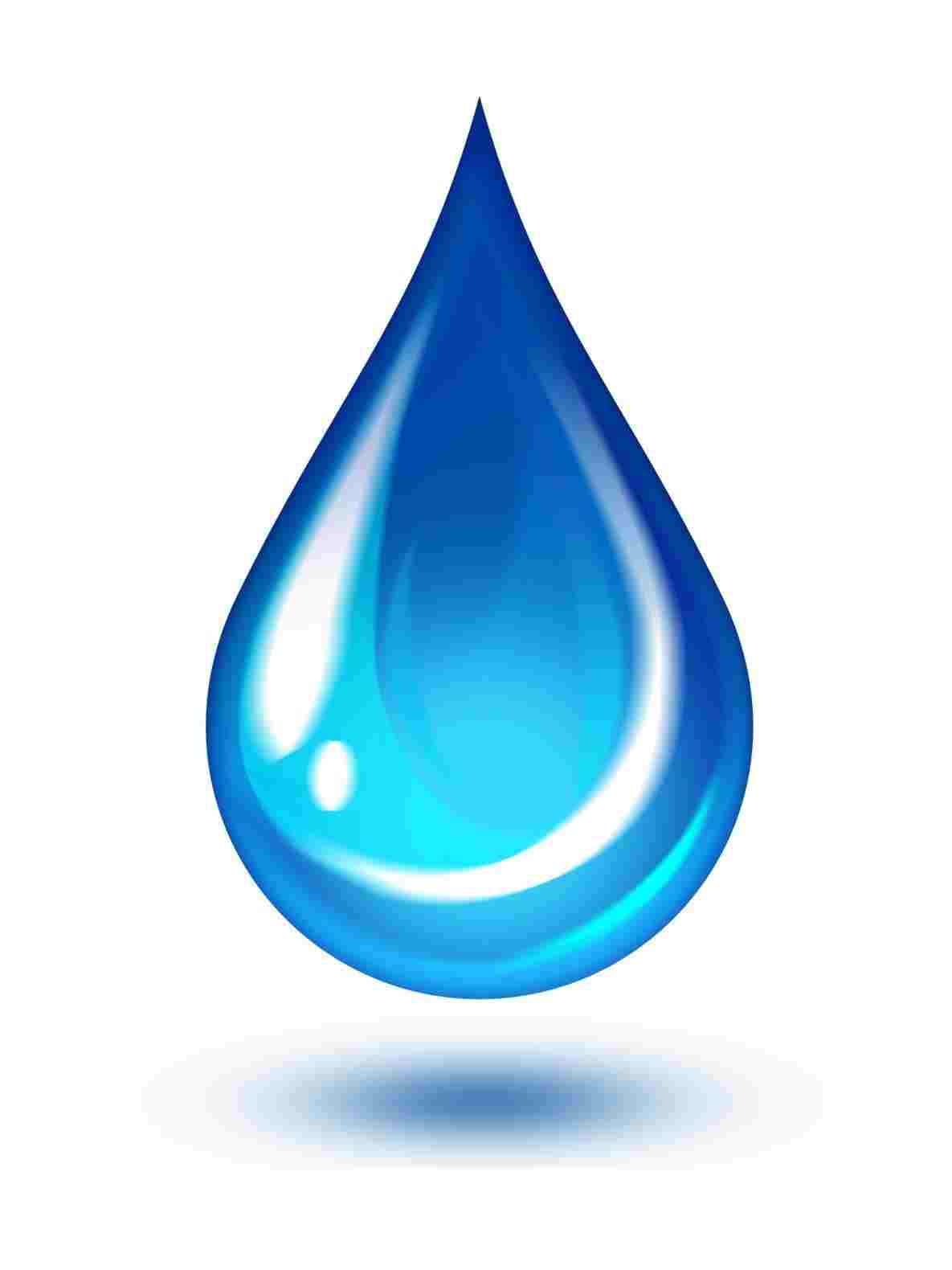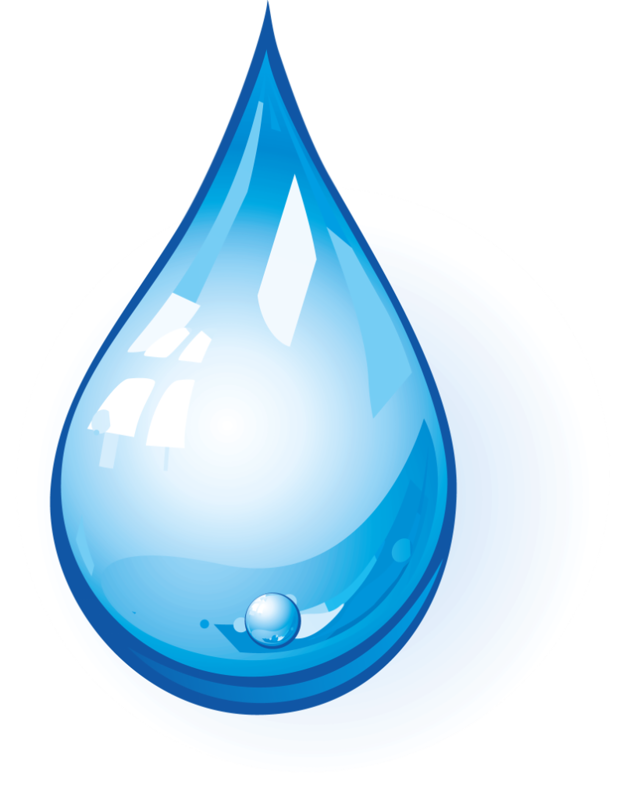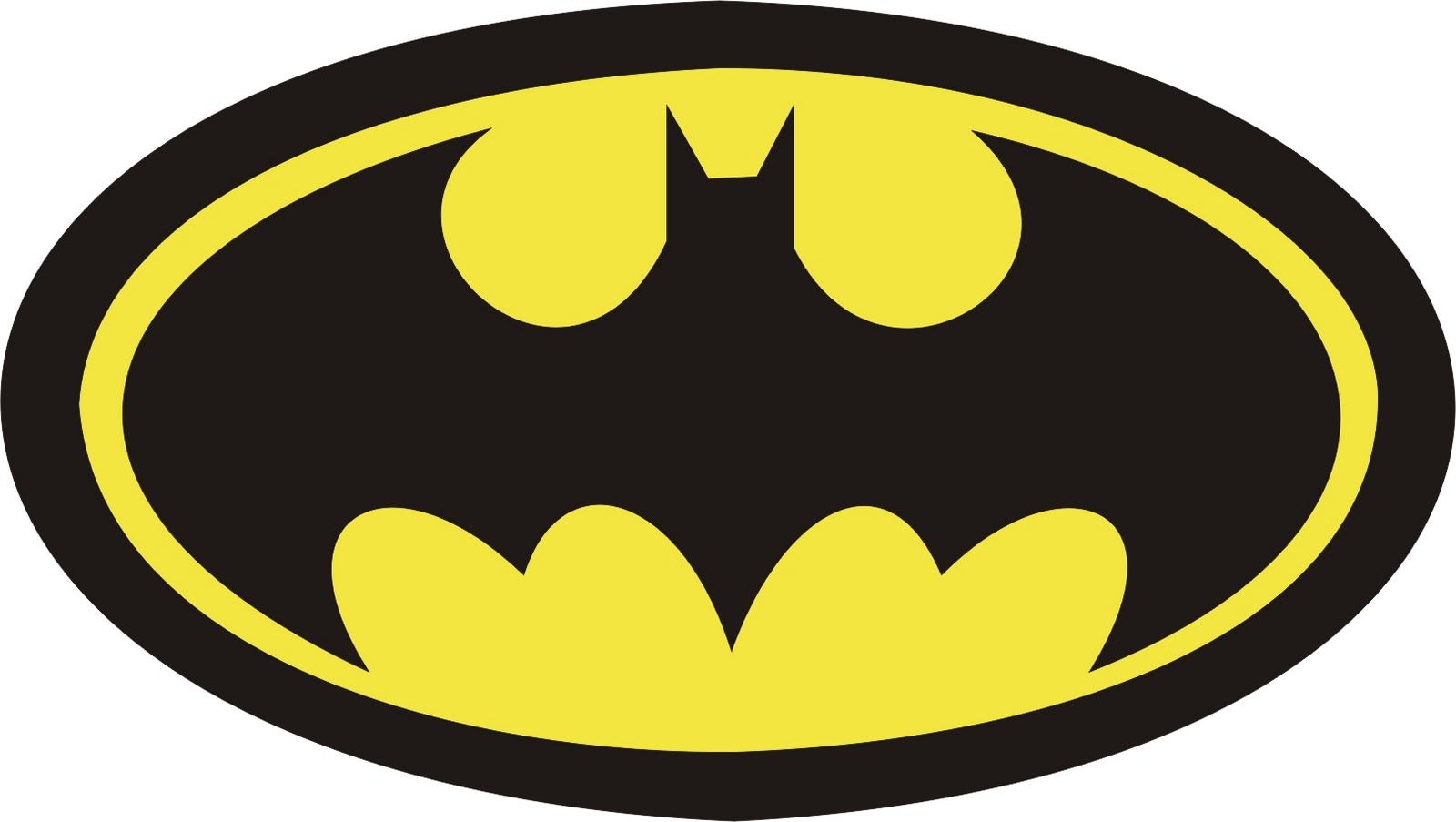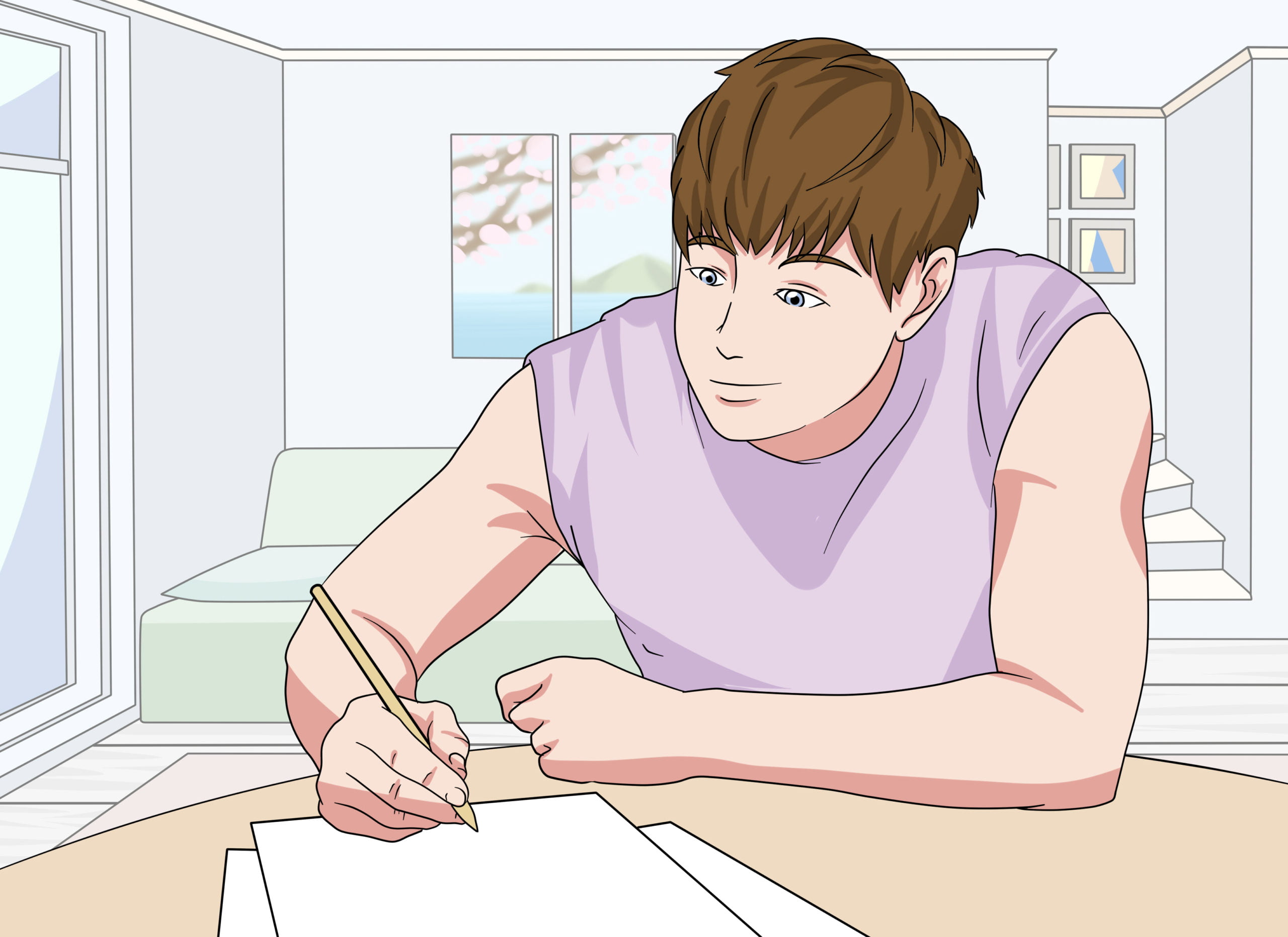How to draw water drops in pencil
Table of Contents
Table of Contents
If you’ve ever tried to draw water drops, you know how difficult it can be to capture their realistic appearance. However, by following a few simple tips, you can learn how to draw water drops that look like they belong in a professional artwork.
Pain Points Related to Drawing Water Drops
Many people struggle to draw water drops because they lack confidence in their ability to create believable textures and shapes. They may also be unsure of how to create the translucent appearance that is unique to water drops.
How to Draw Water Drops
Start by sketching the basic shape of the water drop. This should be a teardrop shape with a point at the bottom. Next, create the texture on the surface of the water drop by drawing small, round shapes in a cluster at the top of the drop. These represent the reflections of the surrounding environment in the water. Use a light touch to create the texture, and gradually build up the layers until you achieve the desired effect. To create the translucent quality of the water drop, leave a small area at the top of the drop untouched by color. This area should be slightly lighter than the rest of the water drop.
Summary of How to Draw Water Drops
To draw water drops realistically, start by sketching the teardrop shape and creating the texture of the surrounding environment on the surface of the water drop. Next, leave a small area untouched by color to create the translucent effect. With patience and practice, you can master this technique and produce stunning water drops in your artwork.
How to Draw Water Drops and Create Realistic Textures
When I first started drawing water drops, I struggled to create the realistic textures that give them their unique appearance. However, I discovered that by using a combination of light, circular shapes and gradual shading, I could create the illusion of transparency and depth.
 I started by sketching the basic shape of the water drop, with a slight curve at the top and a point at the bottom. Next, I created the texture by drawing small, circular shapes in a cluster at the top of the water drop. This added the appearance of reflection and light distortion, which gives the water drop its unique appearance.
I started by sketching the basic shape of the water drop, with a slight curve at the top and a point at the bottom. Next, I created the texture by drawing small, circular shapes in a cluster at the top of the water drop. This added the appearance of reflection and light distortion, which gives the water drop its unique appearance.
To create the translucent quality of the water drop, I used light, gradual shading to build up the layers of color. This helped to create an illusion of depth and transparency, as well as enhancing the three-dimensional effect of the water drop. By using these techniques, I was able to create lifelike water drops that looked like they belonged in a professional artwork.
How to Draw Water Drops with Pencils
When I first started drawing water drops, I struggled to capture the unique, translucent appearance of water. However, I discovered that by using colored pencils and layering different shades, I could create a realistic, three-dimensional effect that made my water drops stand out.
 Start by sketching the basic shape of the water drop. Then, using a light touch, add the texture to the surface. Gradually build up the shading by layering different shades of the same color. This will give your water drop depth and create a more 3D effect. Remember to leave a small area at the top of the water drop untouched by color to create the translucent effect.
Start by sketching the basic shape of the water drop. Then, using a light touch, add the texture to the surface. Gradually build up the shading by layering different shades of the same color. This will give your water drop depth and create a more 3D effect. Remember to leave a small area at the top of the water drop untouched by color to create the translucent effect.
Drawing Water Drops with Paint
If you prefer to use paint in your artwork, you can still create realistic water drops by using a combination of opaque and translucent watercolors. Start by sketching the basic shape of the water drop in pencil, then layer the colors gradually to create a more lifelike appearance.
Conclusion of How to Draw Water Drops
Learning how to draw water drops can be a challenging but rewarding experience for artists of all levels. By following these simple tips and techniques, you can learn to create realistic water drops that add depth and texture to your artwork.
Question and Answer
Q: What are some common mistakes to avoid when drawing water drops?
A: Some common mistakes include not sketching the basic shape of the water drop first, adding too much texture or shading, or forgetting to leave a small area at the top of the water drop untouched by color to create the translucent effect.
Q: Can I use different colors to create the texture and shading of a water drop?
A: Yes, you can use different shades of the same color or even different colors altogether to create texture and shading in your water drops. Experiment with different combinations to find what works best for your artwork.
Q: How long does it take to master drawing water drops?
A: The amount of time it takes to master drawing water drops varies from person to person, but it typically requires patience, practice, and experimentation with different techniques and materials.
Q: Can I draw water drops using digital tools?
A: Yes, digital tools can be a great way to experiment with different techniques and create lifelike water drops in your artwork.
Gallery
Water Drop Drawing | Free Download On ClipArtMag

Photo Credit by: bing.com / clipartmag dripping
How To Draw Water Drops In Pencil | Water Drawing

Photo Credit by: bing.com /
Water Drops - Drawing Water Drops Using Simple Colored Pencils | - YouTube

Photo Credit by: bing.com / water drawing drops draw droplet pencil colored pencils simple drawings color watercolor drop realistic 3d zeichnen tutorial flowers step tutorials
Water-drop Drawing By Jonas-Jaeger On DeviantArt

Photo Credit by: bing.com / water drawing drop realistic draw jaeger jonas sketch drawings pencil droplets deviantart still getdrawings th
Water Drop Drawing At GetDrawings | Free Download

Photo Credit by: bing.com / water drop cartoon drawing transparent clipart agua gota dibujo raindrop background rain raindrops drops getdrawings object scene clip texture cliparts






